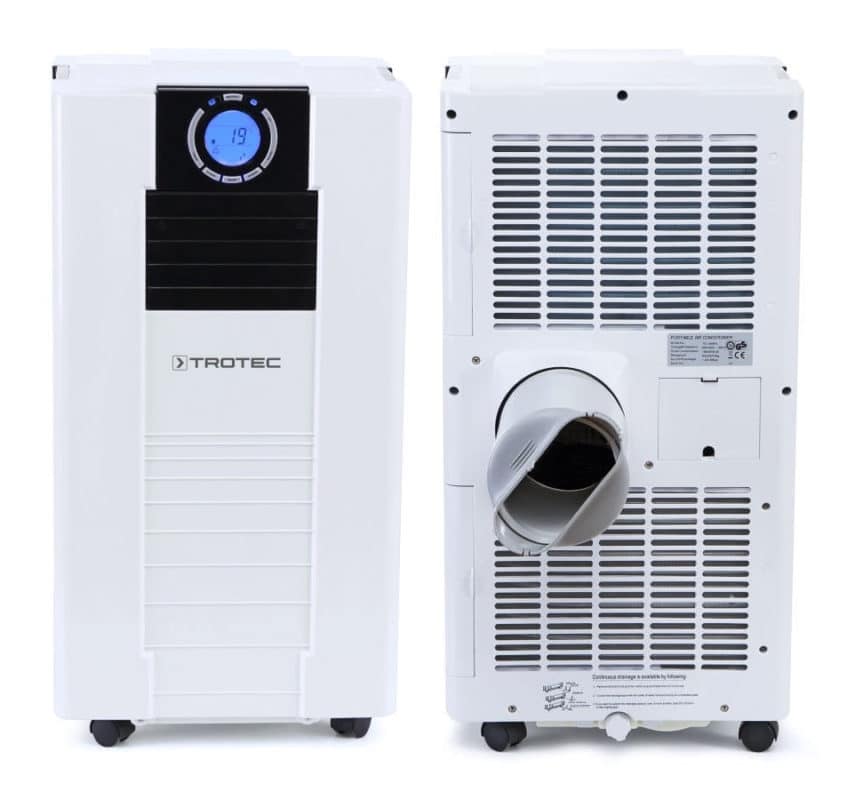What is Air Conditioning?
Air conditioning is a system by which heat, and moisture is removed from an area to provide a cool atmosphere for occupants, thus improving their comfort. Air conditioning has a wide range of uses. For example, this could be in the form of comfort applications where an indoor environment’s temperature is kept constant to provide comfort for the individuals that work there. Comfort applications could include cooling industrial spaces such as warehouses where workers work or providing temperature control in commercial buildings such as offices. On the other hand, air conditioning could be used for process applications such as server room cooling or laboratory use. In these situations, air conditioning systems are put in place to facilitate a process. 
How Air Conditioning Works
Refrigeration is used by air conditioners to chill indoor air through the process, phase conversion, where liquid is converted into gas, thus absorbing heat. Phase conversion is used in air conditioners to force chemical compounds to evaporate & condense in a repetitious cycle within a closed system of coils. The chemical compounds used in air conditioners are known as refrigerants. These have properties that allow them to change form at low temperatures. Air conditioners also contain fans which cycle the warm interior air over the cold, refrigerant-filled coils within the air conditioner. When hot air passes over the low pressure, cold evaporator coils, the refrigerant inside absorbs heat, changing its form from a liquid to a gas. To ensure cooling is consistently efficient, the air conditioner converts the refrigerant gas back to its previous form of a liquid. This is done through a compressor placing the gas under high pressure which produces waste heat energy. This excess heat is dealt with through releasing the heat into an external environment through another set of coils known as the condenser coils & an additional fan. When the gas cools, it transforms back to a liquid, and the process starts all over again.
The 4 Key Components of Air Conditioning Units
- Evaporator (Receives the Refrigerant in its liquid form)
- Condenser (Enables Heat Transfer)
- Expansion Valve (Fixed between two sets of coils & ensures the amount of compressed liquid refrigerant entering the evaporator is kept constant)
- Compressor (Electric pump which pressurises the gas into its liquid refrigerant form)
Cross Rental Services
If you are interested in hiring or purchasing Air Conditioning Equipment, then visit our Air Conditioning Hire Range. Here you will be able to find Evaporative coolers, Ducted & Split units to suit your needs.






